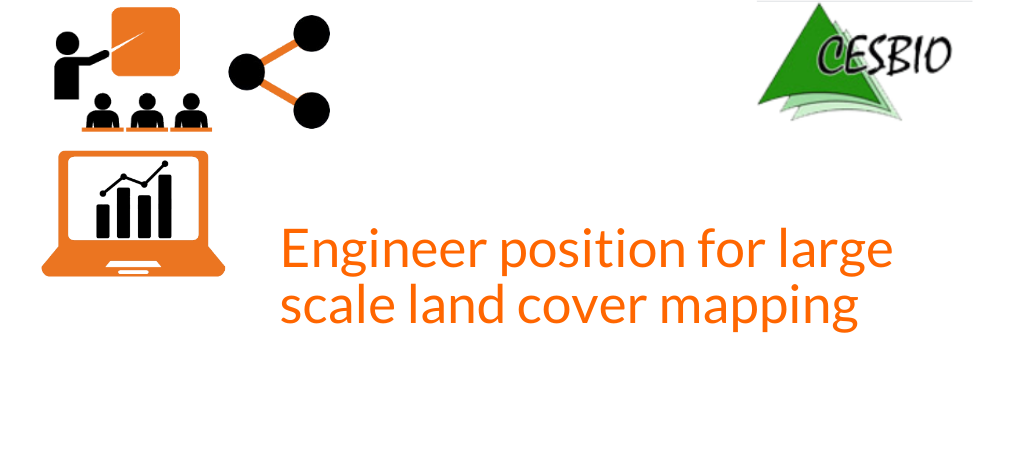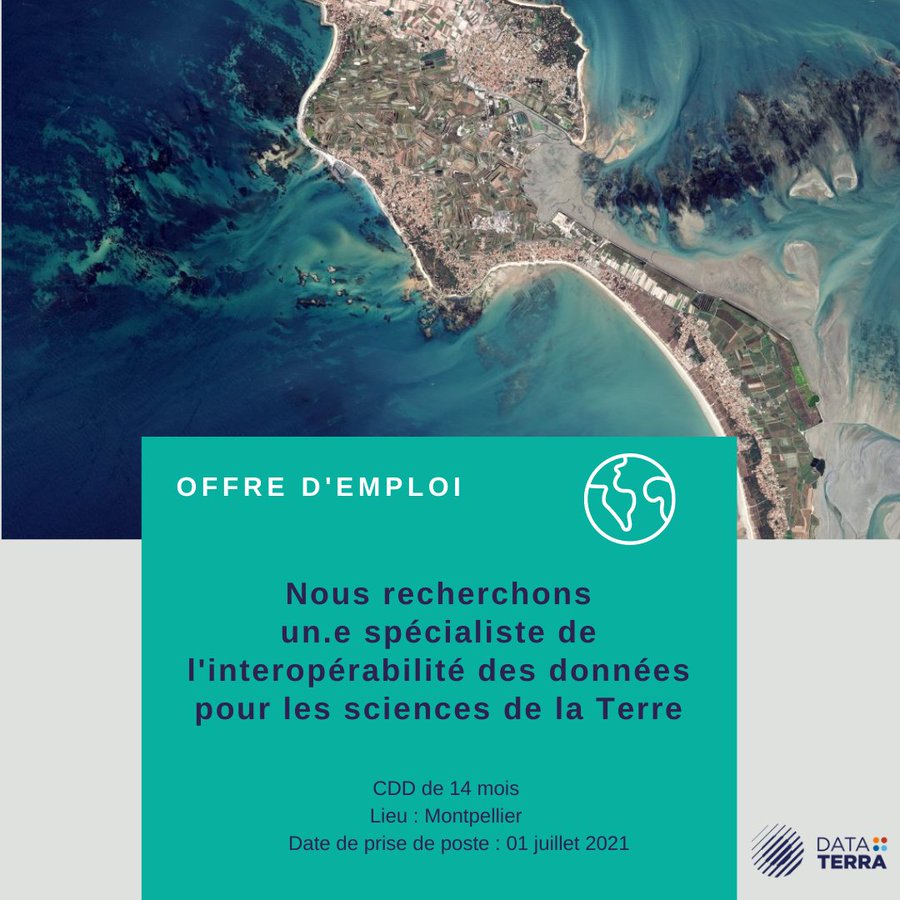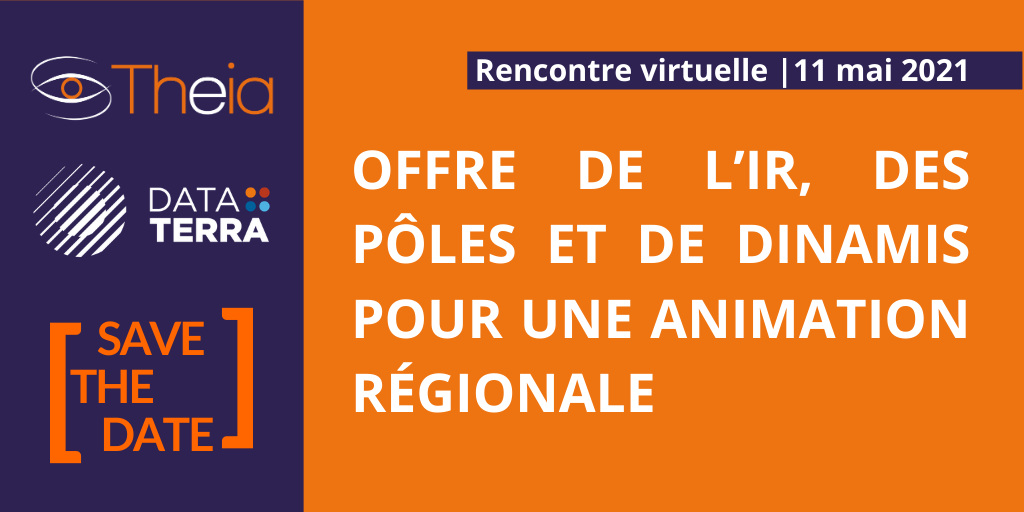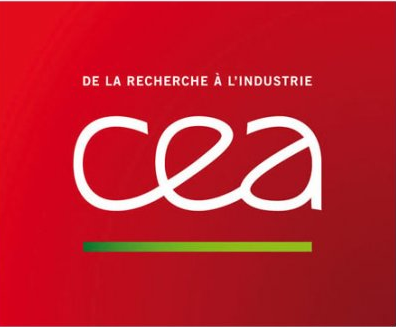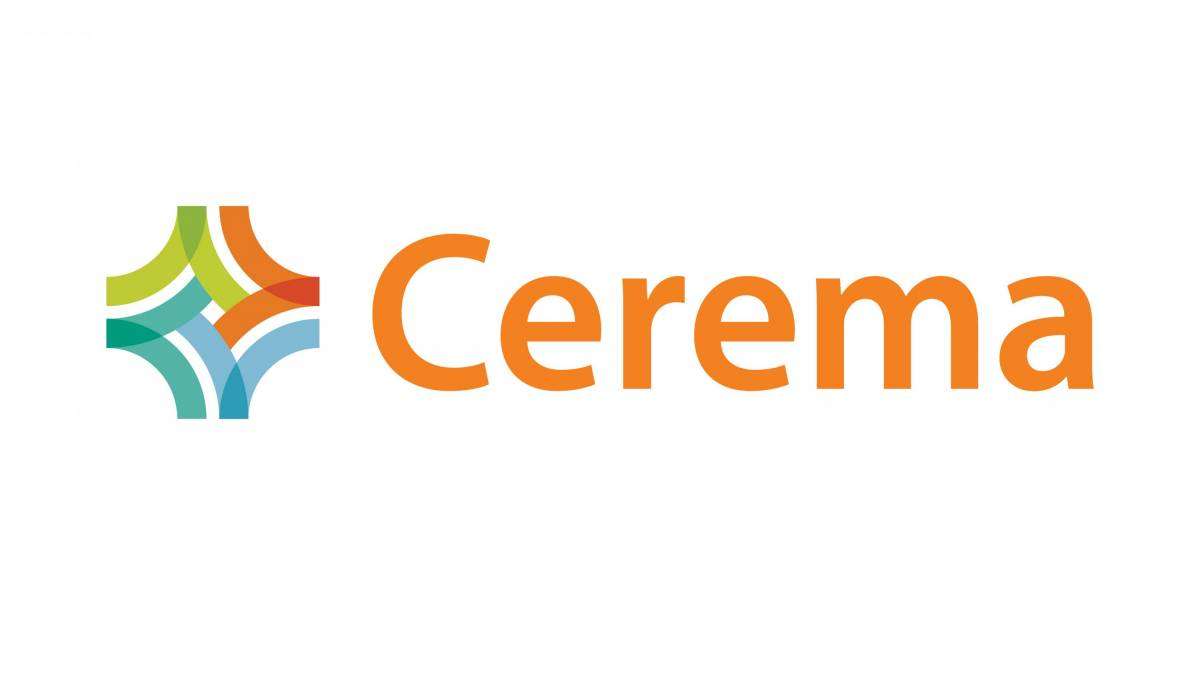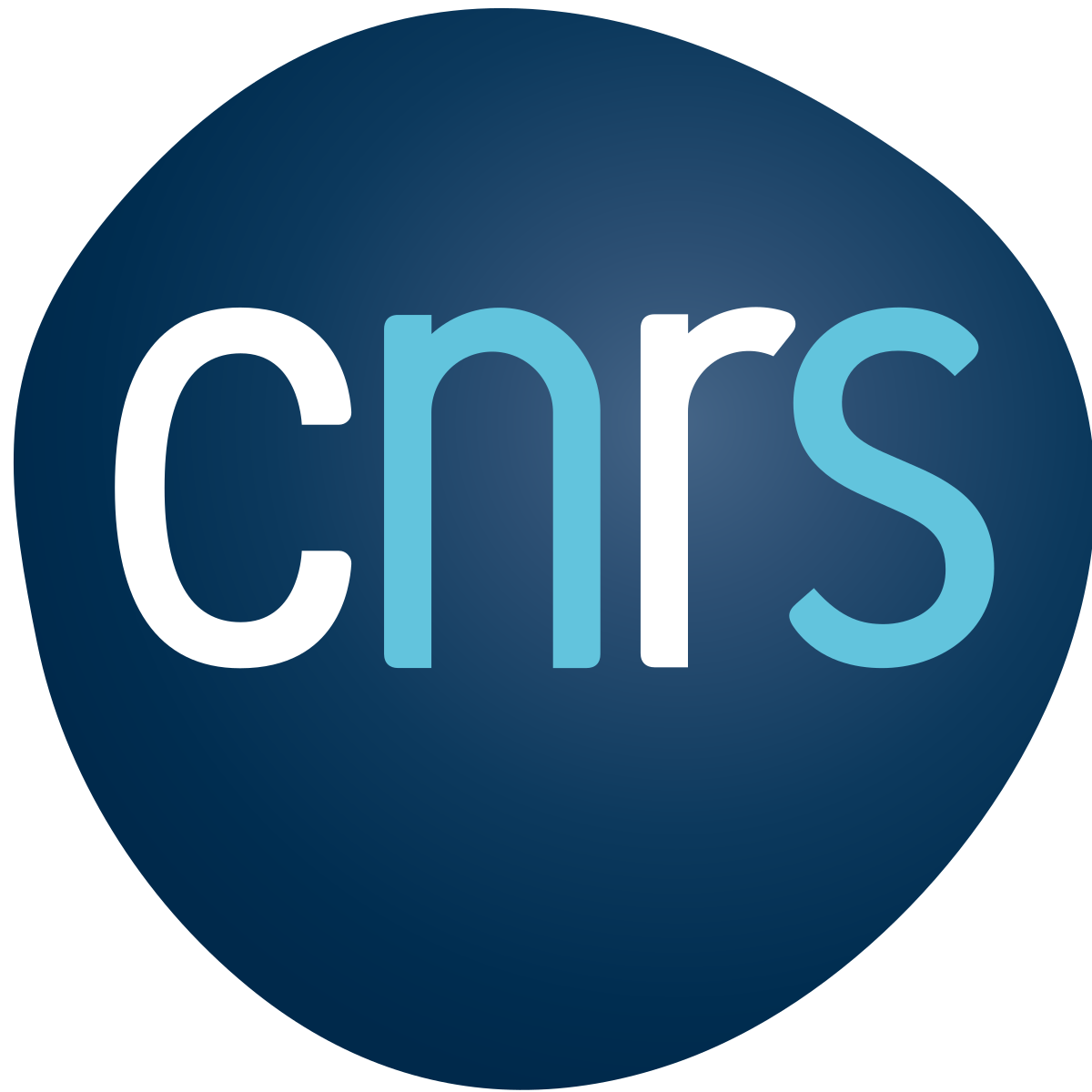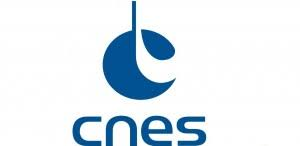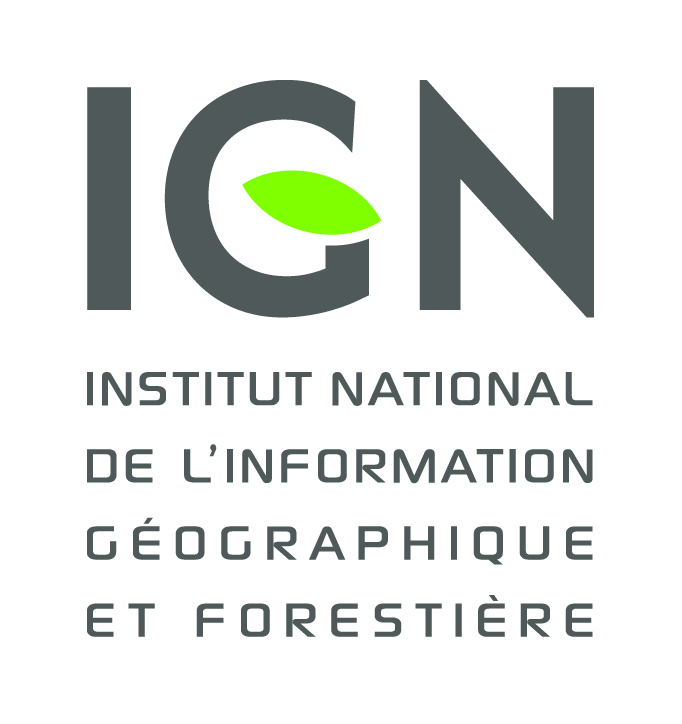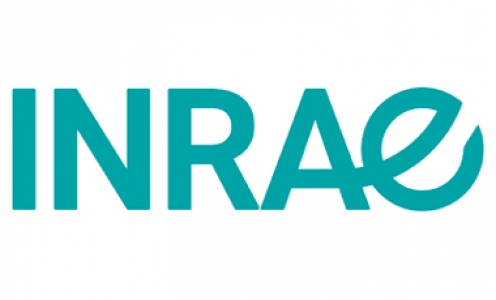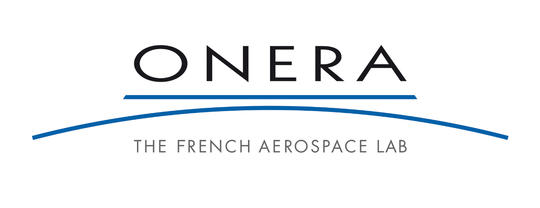Engineer position for large-scale land-cover mapping
Context
Large-scale land-cover mapping is an important issue in remote-sensing. Nowadays, such mapping is useful for a large range of environmental applications and of primarily importance in the context of climate change. Several open and private achievements were announced recently (e.g., http://osr-cesbio.ups-tlse.fr/~oso/ or https://map.onesoil.ai/2018), but this topic is currently an important active field of research. One of the main limiting problems is the ability to efficiently process the very large amount of data actually faced by researchers and engineers.
In this context, the open-source software iota2 (https://framagit.org/iota2-project/iota2) has been initiated by the CESBIO-Lab as a generic processing chain to fully process recent satellite time series, such as SENTINEL-1 and SENTINEL-2 or Landsat-7/8. It allowed to produce the first map of the land cover over the metropolitan French territory (e.g., http://osr-cesbio.ups-tlse.fr/~oso/ui-ol/S2_2016/layer.html).
- The objective of the PARCELLE (Production cARtographique grande éChELle par téLédétEction.) project is to extend the domain of applicability of iota2 to other large-scale mapping problems. Hence, several French laboratories (CESBIO, DYNAFOR, IGN MATIS, ESPACE-DEV, TETIS) are involved in PARCELLE to mutualize their efforts. Two kind contributions are considered in the project:
- A quantitative and qualitative assessment of the performances of iota2 for different types of landscapes (e.g., South-Africa or South-America) and/or different land cover types.
- The methodological integration of state-of-the-art algorithms from the project partners.
- Ultimately, the improvements of the chain will be used to enrich several products of Scientific Expertise Centers (CES) of the national data center Theia.
Objectives
The first mission of the recruit is to work on the development of new features for iota2. Two important missing features will be considered:
- Regression: The initial application of the chain was to classify land cover. However, there is a need to extend the chain to regression type problems for various applications (e.g., biodiversity mapping).
- Fusion of VHR images and Sentinel’s time series: It consists in extending the current workflow to include Very High Resolution images as additional features.
The second mission of the recruit is to analyse and evaluate deep learning algorithms applied at last scale (super-resolution, classification, inversion . . . ) using iota2 facilities.
The third mission of the recruit will be to coordinate the different developments carried out by the partners. As such, other issues may emerge during the project.
Additional information
The position is at the CESBIO-Lab, in Toulouse for 10 months (that can be extended by 12 additional months). The salary is approximately 2000 euros per month, depending on the experience of the recruit.
The position is open now and will remain open until the selection of a recruit.
Requirements
The applicant must have a solid background in geomatics, geographic information systems, databases, remote sensing and programming (Python). Experience in one or several of these fields and a good knowledge of English are required. Also, knowledge in distributed version-control systems will be appreciated.
The applicant should send a detailed CV, motivation letter, reference letters and, if possible, links to developed software to the contacts.
Contact
Mathieu Fauvel: mathieu.fauvel@inrae.fr

